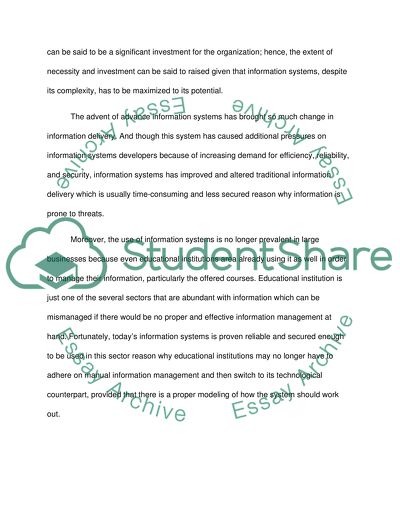Cite this document
(“Information Systems (IS) Application: Part-Time Instructors and the Essay”, n.d.)
Information Systems (IS) Application: Part-Time Instructors and the Essay. Retrieved from https://studentshare.org/technology/1501864-information-systems-is-application-part-time-instructors-and-the-short-courses-database
Information Systems (IS) Application: Part-Time Instructors and the Essay. Retrieved from https://studentshare.org/technology/1501864-information-systems-is-application-part-time-instructors-and-the-short-courses-database
(Information Systems (IS) Application: Part-Time Instructors and the Essay)
Information Systems (IS) Application: Part-Time Instructors and the Essay. https://studentshare.org/technology/1501864-information-systems-is-application-part-time-instructors-and-the-short-courses-database.
Information Systems (IS) Application: Part-Time Instructors and the Essay. https://studentshare.org/technology/1501864-information-systems-is-application-part-time-instructors-and-the-short-courses-database.
“Information Systems (IS) Application: Part-Time Instructors and the Essay”, n.d. https://studentshare.org/technology/1501864-information-systems-is-application-part-time-instructors-and-the-short-courses-database.


